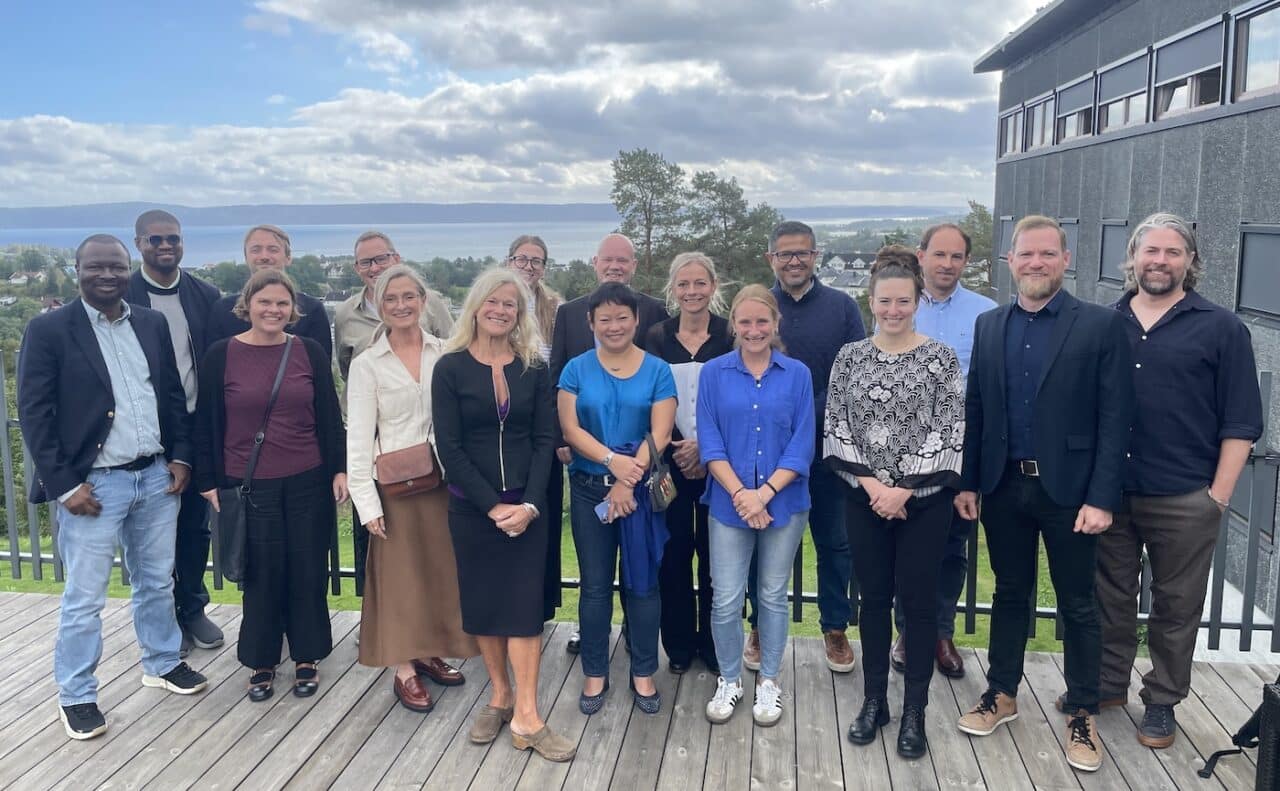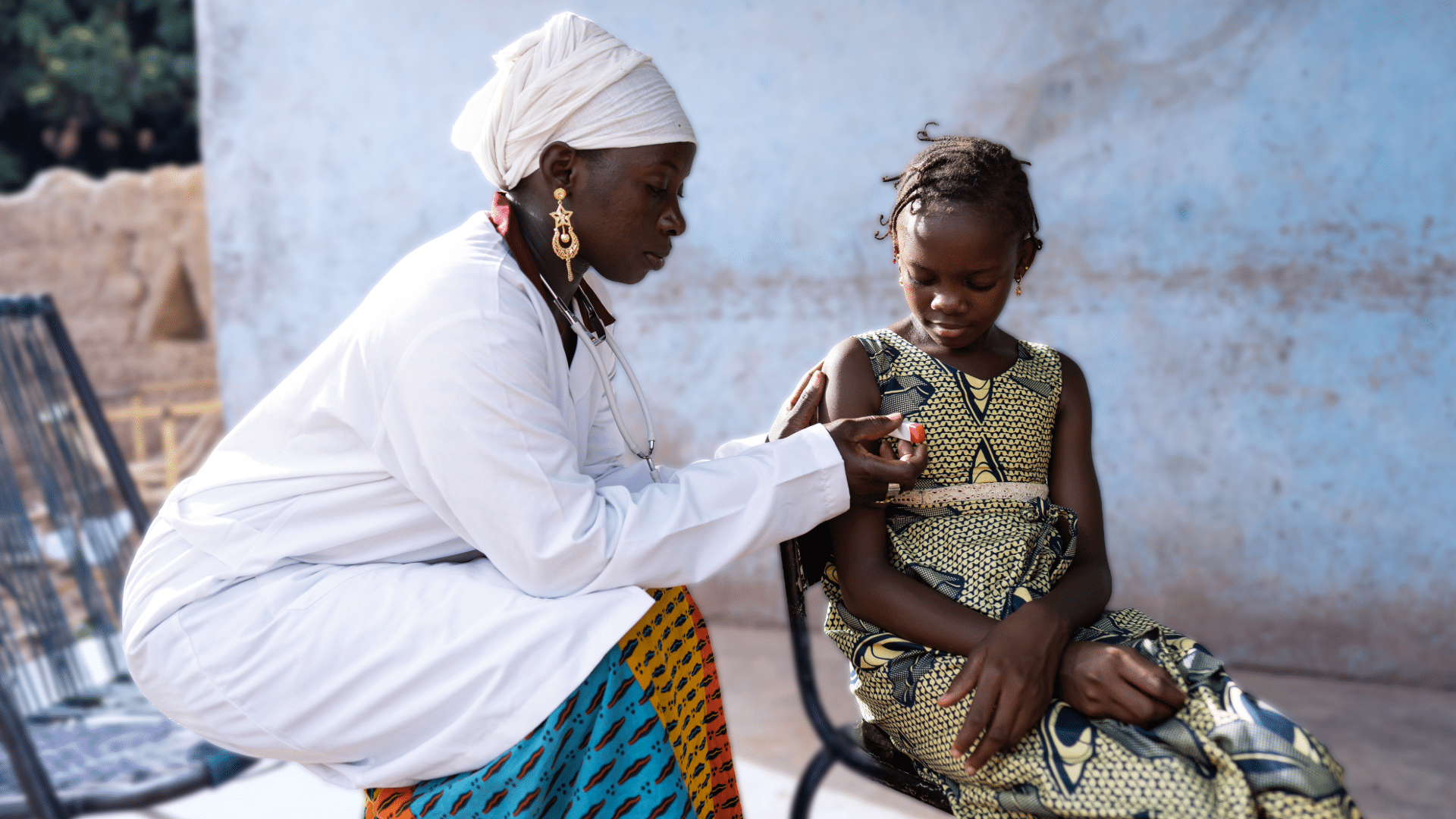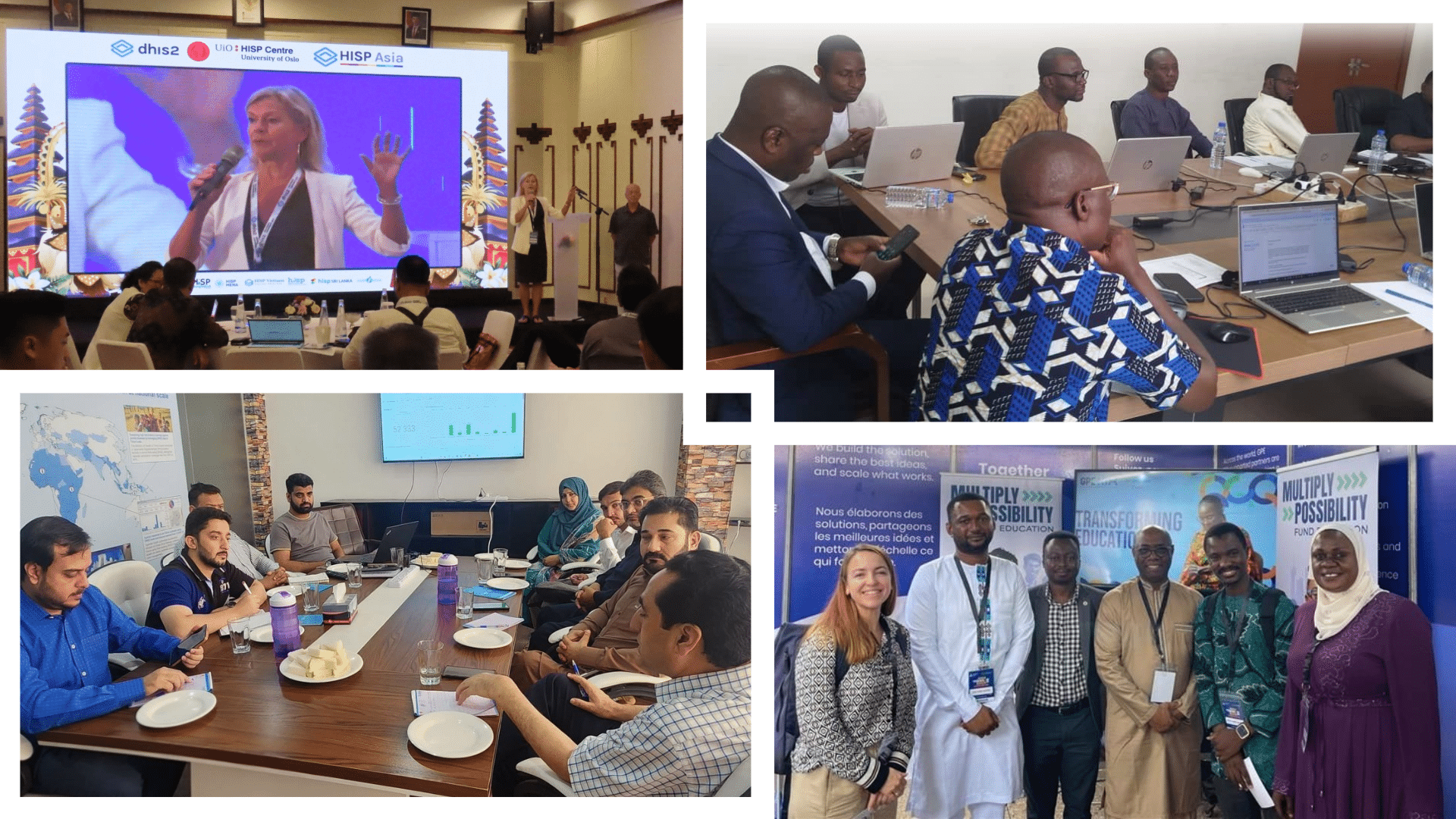
DHIS2 Investors Unite in Support of LMIC Information Systems and the Core DHIS2 Platform
At the 2025 DHIS2 Investor Meeting in Oslo, Norway, global partners met with HISP UiO to discuss strategies and priorities for DHIS2, and acknowledged the importance of sustaining DHIS2 systems through challenging economic times.
On 3-4 September 2025, the DHIS2 leadership team at the HISP Centre, University of Oslo (HISP UiO) hosted an in-person gathering of DHIS2 investors and institutional partners. The meeting included representatives from the Gates Foundation, Gavi, the Global Fund, the Global Financing Facility, Norad, Unicef, the Wellcome Trust, the World Diabetes Foundation, and WHO, with virtual participation from the Asian Development Bank, GIZ, the Global Partnership for Education, UNFPA, and the World Bank.
This annual event is intended to help align our work with DHIS2 with global strategies and priorities for strengthening information systems in low- and middle-income countries (LMICs)–with an emphasis on the health and education sectors–and to facilitate coordination of efforts and investments across partners, reducing duplication of effort and increasing cost-effectiveness.
At this year’s meeting, a key topic of discussion was the ongoing funding crisis in global health. The general decrease in health financing since the end of the Covid pandemic, combined with significant cuts in development assistance from several countries, has affected health information systems in a large number of LMICs. While national DHIS2 systems have proven to be resilient so far, the ongoing uncertainty around long-term funding puts them and the core DHIS2 platform at risk.
There was broad consensus among meeting participants that DHIS2 plays a critical role in LMICs as the backbone of national health information systems in more than 75 countries, and that DHIS2 has empowered LMICs to apply robust, open-source digital tools for public sector system strengthening for more than two decades. They also acknowledged that collective leadership and investment in DHIS2 has added value, achieving a greater impact over this time period–at a much lower cost–than what individual donors could achieve alone by funding bespoke or siloed systems.
While DHIS2 investors support the goal–as put forward in the Lusaka Agenda–of transitioning to country-level funding for health information system investments over time, they also recognized the need for support during this transition, not only for DHIS2, but also other digital public goods (DPGs) that countries depend on. A key outcome of the meeting was a call to action for global partners and countries to work with each other–and with HISP UiO–to support the long-term sustainability of national DHIS2 systems and the core DHIS2 platform.
We thank our investors and partners for their ongoing support for DHIS2 and their advocacy for sustainable financing for locally owned information systems in LMICs.


